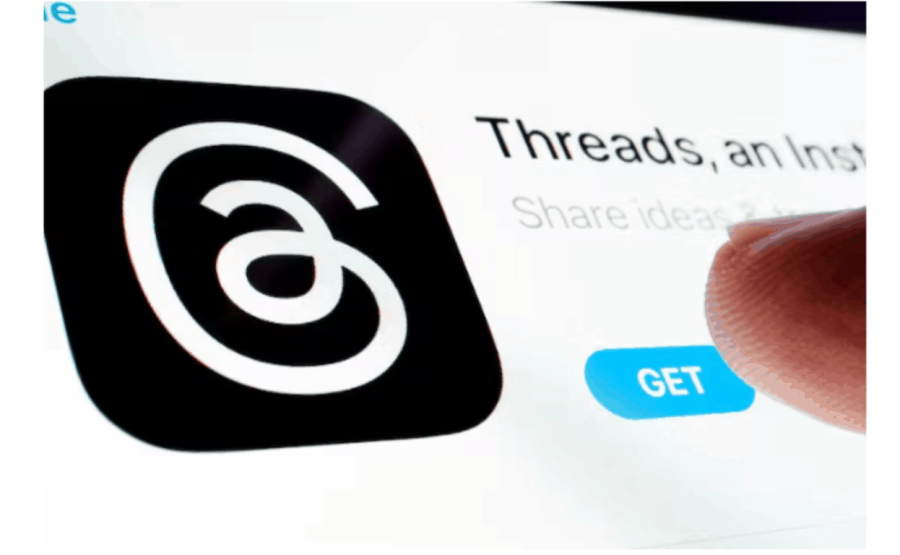
Threads: new Twitter rival looks like a shrewd move but Meta lacks credibility
Mark Zuckerberg’s new social media platform, Threads, has been released in smartphone app stores (although not in the EU). Zuckerberg, who is chief executive of Threads’ parent company Meta, says that at least 30 million users signed up in the app’s first day. According to some speculative reporting, Threads might be a reliable alternative to […]

Mark Zuckerberg’s new social media platform, Threads, has been released in smartphone app stores (although not in the EU). Zuckerberg, who is chief executive of Threads’ parent company Meta, says that at least 30 million users signed up in the app’s first day. According to some speculative reporting, Threads might be a reliable alternative to Twitter.
Since the acquisition of Twitter by Elon Musk in October 2022, Twitter has developed a reputation for making hasty decisions regarding user data, safety and the reliable functioning of the site. These have included the saga around replacing the traditional “blue tick” verification system with a paid-for version.
Concerns have also been raised around relaxed moderation policies and the removal of free access to Twitter’s API – the program interface that allowed third-party developers and academics to interact with the platform. There has also been speculation that Twitter’s troubles may put off some advertisers.
It might look shrewd to launch a Twitter alternative amid the current turbulence. However, early numbers from Meta suggest the likelihood of longer-term and wide-scale public interest in Threads is not guaranteed. However, it is important to note that Meta has a substantial user base and robust staff infrastructure on its side.
If widely adopted, Threads could potentially challenge Twitter’s dominant position and significantly impact its operations. According to the Pew Research Center, the majority of Twitter users in the US have taken a break from the platform in the past year.
Social media platforms have global reach, but the way they are structured and how owners make commercial decisions is still based on grabbing territory. This may, for example, be seen in the way that users with particular views or interests are targeted for advertising. From this perspective, simmering tensions between different platforms are not a passing phase but are instead central features of the way that social media works.
Mass migration
A mass migration has already begun. Many users are leaving Twitter for decentralised and community-run systems like Mastodon.
In November 2022, 130,000 users signed up daily to use that platform. Mastodon is a “non-federated” system, meaning that each computer server is run by a different administrator. Unlike Twitter, Mastodon users are not subject to the whims of a chief executive.
Meta, meanwhile, benefits from an established user pipeline for ad revenue as well as the potential to synchronise cross-platform data sharing and the subsequent opportunities for third-party commercial gain.
The phenomenon of user lock-in is a primary factor driving widespread adoption of these platforms. Lock-in is where businesses make it difficult to switch to rival platforms. Facebook is the predominant platform for community groups and the largest online marketplace for exchanging goods and services.
Instagram (owned by Meta) is popular for sharing photographs and meme-based content, especially among users who are older than TikTok’s main user base. Threads will instantly take information from an Instagram account, like followers and contacts, and use it to make a user profile.
One way to beef up the user numbers could be to replicate user IDs across all Meta products, not just Instagram. Then, users with existing Facebook, Messenger or WhatsApp profiles will automatically have access to a Threads account.
Trust issues
Yet the primary roadblock for Threads is that Meta lacks significant credibility in many people’s eyes.
The Cambridge Analytica scandal of 2018 (in which the consulting firm harvested data from millions of Facebook users without their consent) brought to light the problems with a commercial model that is based on data harvesting. Again, degrees of distrust underscore Meta’s market offering, along with allegations of the amplification of fake news and concerns about spreading Russian propaganda and political bias via shared content during the last US presidential election.
According to researchers at Northwestern University, trust in Twitter dipped slightly after Musk took over. However, a new social networking proposition from Meta will not, by itself, enhance trust in Meta, and this is crucial for increasing Thread’s unique users.
Social media users may desire a Twitter-like platform that’s free from irrational and erratic behaviour. Today, Twitter is a complex environment to navigate, where verified accounts are given preferential treatment. For example, through extended character limits and additional visibility.
Twitter’s future may be limited to serving as a specialised platform catering to a specific community, similar to apps like Parler and Truth Social, which have gained popularity among people with extreme ideologies.
There have been instances of racism, misogyny, antisemitic rhetoric and abusive speech towards the LGBTQ+ community on Twitter.
Recent in-depth investigations by the BBC, Forbes and the Washington Post have argued that the system for reporting hate speech on Twitter is ineffective.
The key to commercial viability is convincing advertisers that there is a robust market offering for Meta – one that is more stable and dependable than Twitter’s. Meta must reassure users that their data is secure in Threads and that the new platform creates a safe environment within which to sustain another social media profile.![]()
Wasim Ahmed, Senior Lecturer in Digital Business, University of Stirling and Mariann Hardey, Professor Digital Culture, Business and Computing at Durham University Business School and Advanced Research Computing (ARC), Durham University, Durham University
This article is republished from The Conversation under a Creative Commons license. Read the original article.
